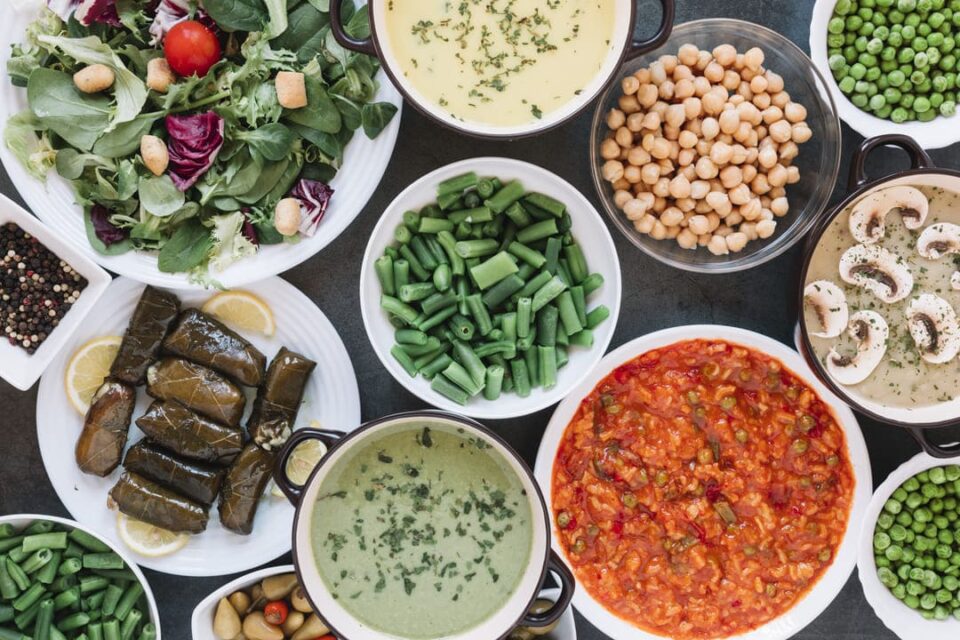Do you ever feel modern nutrition advice could be more transparent and consistent? One day, fat is the enemy; the next, it’s carbs. Ayurveda, the ancient Indian system of health and healing, offers a refreshingly simple yet profound approach to nourishing your body.
Central to Ayurvedic nutrition is the Dvadasha Ahar Varga – 12 categories of food, each with specific effects on the three doshas (vata, pitta, and kapha) that govern our mind-body constitution. Let’s explore each one and how modern science backs up their significance.
1. Sukadhanya (Dry grains): Whole grains like rice, wheat, and barley are rich in fibre, B vitamins, and minerals. They provide steady energy and have been linked to lower risk of heart disease and diabetes.
2. Simbidhanya (Wet grains): Think beans, lentils, and pulses. The protein powerhouses of the plant world, legumes can help control weight, blood sugar, and cholesterol if eaten regularly.
3. Mamsa (Meat): While Ayurveda recommends limiting meat consumption, it acknowledges its role in building tissues. Choose lean, pasture-raised options to avoid excessive saturated fat and environmental toxins.
4. Shakha (Vegetables): Packed with disease-fighting antioxidants, gut-healthy fibre, and essential vitamins and minerals. Aim for a rainbow on your plate!
5. Phala (Fruits): Whole fruits are nature’s candy. They are full of vitamins, fibre, and beneficial plant compounds. They satisfy sweet cravings without spiking blood sugar like refined treats.
6. Harita (Green leafy vegetables): Low in calories but high in nutrients like folate, vitamin K, and calcium. Greens are true nutritional powerhouses.
7. Madya (Alcohol): While linked with some health benefits in moderation, Ayurveda cautions that alcohol can increase all three doshas if overconsumed. Practice mindful moderation if you choose to imbibe.
8. Jala (Water): Hydration is critical for every bodily function. Drink room temperature or warm water throughout the day for optimal absorption and flow.
9. Gorasa (Milk products): Dairy is a staple in Ayurveda, revered for building the body’s tissues. Those with intolerances can turn to alternatives like coconut and almond milk.
10. Iksu (Sugarcane products): While Ayurveda includes natural sweeteners, it emphasizes moderation, as excess sugar can cause inflammation and imbalances. Reach for whole fruits most of the time instead.
11. Kritanna (Cooked food): Ayurveda favours cooked foods as they are easier to digest and assimilate. Opt for gently cooked veggies, soups, and stews most of the time, and enjoy raw foods as accents.
12. Aharayogina (Condiments & spices): Spices like turmeric, ginger, cumin and coriander don’t just add flavour – they have potent anti-inflammatory and antioxidant properties. Use generously!
The lesson? Ayurvedic food wisdom has endured because it is rooted in a holistic nourishment understanding. By honouring the intelligence of our bodies and the natural world, we can find balance, vitality, and lifelong well-being. Embrace the power of these 12 categories and watch your health soar.

